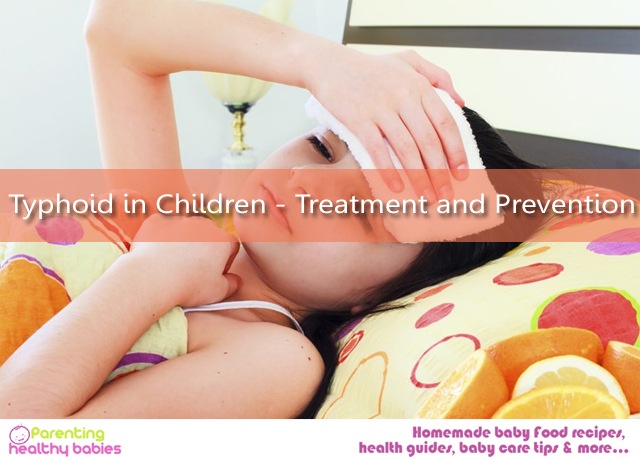Eye problem is a very common problem seen in kids these days. In fact, according to statistics, if there are three children present in a room, two of them are likely to have spectacles. As parents, the most obvious question that must be hovering around in your mind is how soon should you see a pediatric eye doctor or what is the age when you should take your kid to a doctor for a regular eye checkup? Well, according to the American Optometric Association (AOA), children should undergo their first comprehensive eye examination at the age of 6 months. Next, they should take an additional examination at the age of 3 and again at about 5 or 6 years of age.
A child’s comprehensive eye examination is an expert assessment of your kid’s eye health and vision performance done by an ophthalmologist or an optometrist. But often when the ophthalmologist or eye specialist is not available, as a substitute this work is done by a pediatrician or the family physician. However, this is not quite recommended. A thorough check up can be done only by an ophthalmologist or an optometrist and they have much advanced and better clinical tools for evaluation of your child’s vision. Hence, you must take your kid to one of them for regular checkups to avoid complications.
How Important is Eye Exam for Children?
It is extremely important for you, as a parent, to ensure that your child’s vision and eye health are absolutely normal. Abnormality in vision in small children has often been found to interfere with his or her academic performance and potentiality as well. Apart from this, needless to say, such problems also interfere with their regular safety as their vision is not as it should naturally be.
Read More: 11 Foods to Improve your Child’s Vision
According to a study funded by the National Institutes of Health, in an average, 35 percent of American preschoolers have visual problems like nearsightedness (myopia), farsightedness or astigmatism. It also showed that the risk of myopia and progression in myopia continues in preschoolers.
Eye examinations are extremely important because children need the following visual skills for optimal learning from a very early age:
- Accurate eye movement skills
- Proper and comfortable eye teaming skills
- Good visual quality at all distances
- Proper concentrating and focusing skills
Scheduling an eye examination for your child
When you are scheduling an eye examination for your child, do ensure that he or she is in a happy mood, alert and ready to cooperate. A detailed eye examination usually involves an analysis of case history, vision testing, testing of eye alignment, determination of whether spectacles is needed, evaluation of eye health and if needed, prescription of glasses or eyewear.
The case history in this regard is extremely important because many eye problems are seen to be genetic and passes on from generation to generation. So, if more people in the family have vision a problem, your kid also is more likely to develop abnormal vision at quite an early age.
If you watch the following symptoms in your child, make sure you convey them to your child’s pediatric eye doctor.
- Excessive blinking
- Inability to gaze at something for a long period of time
- Delayed motor development
- Frequent rubbing of eyes
- A history of prematurity
- Failure to maintain eye contact
- Poor eye tracking skills
- Excessive and uncontrollable tears quite often
Read More: 11 Home Remedies to Cure Defective Vision Problems in Children
Eye examination for infants
By the age of 6 months, a baby should ideally be able to see as good as adults in terms of colour depth, focusing ability and depth perception. To evaluate whether your child’s vision is normal and perfect, an ophthalmologist will usually perform the following tests in your infant:
Tests of pupil responses: This is done to examine whether your child’s pupils constrict and dilate properly in the presence or absence of light.
Preferential looking: In this process, the infant is shown some cards with one side blank and bright stripes on the other side. This is shown to the infant to see his or her concentration and gazing towards the printed side of the cards.
Fixate and Follow: This process is used to see if an infant’s eye can trace and follow the movement of light or some object towards a particular direction. Ideally, an infant should be able to fixate on something ever since birth and follow a movement from 3 months of age.
Eye examination for preschool children
Since a preschooler is not expected to learn all the alphabets or letters, there are special tests designed especially for them to test their visual ability. The following tests are usually performed on preschoolers to measure it:
LEA symbols: Instead of alphabets in adults, children are shown picture cards with easy pictures which they are familiar with such as butterfly, apple, etc. These cards are placed at he desired distance by the doctor to determine the range of vision and clarity in the child.
Random dot stereopsis: This test includes special patterns of dots and 3D glasses are used to analyze the child’s vision.
Retinoscopy: Here, a shining light is focused on the child’s eye to observe and examine its reflection from the retina. The child’s eyeglass prescription is determined through this test.
Nowadays however, tests are performed often through machines instead of manually for a basic perception of power in the child. The manual assessment is still considered to be more accurate than the machine ones.
Common eye problems in kids
- Nearsightedness
- Farsightedness
- Astigmatism
- Amblyopia or Lazy eye
- Improper anterior eye and eyelid health.
- Strabismus or Misalignment of eyes
- Convergence Insufficiency
- Problems in focusing ability, depth perception and color vision
Usually, difficulty in proper vision of the child is seen at the school level. Please see to it that this gets proper medical attention until it further deteriorates. If that does not happen, apart from the physical problem, the child might also suffer from poor confidence level and that in turn can also affect his academic performance. So, it is advisable not to wait for some problem to crop up and go for regular checkups from a young age.
Read More: 11 Tips to Keep Your Child’s Eyes Safe













